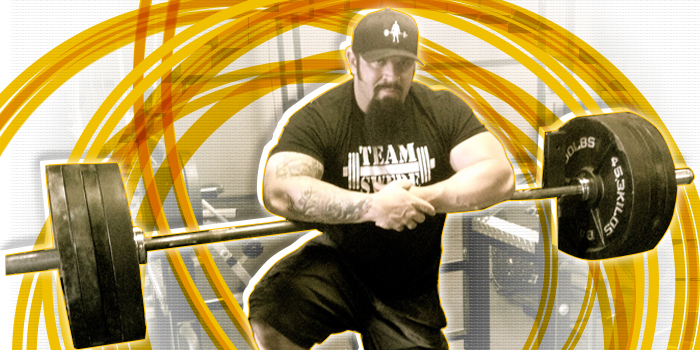
Sometimes I have lifters come to me because they haven't been able to make progress past a certain point with their numbers. Most times the issue is inefficient technique. The second most common culprit is that the lifter is employing an unreasonable method of training or programming. Just about the entire remainder of lifters I come across who are unable to make consistent progress have debilitating pain to blame.
The first thing I do when assessing is ask the lifter what they think is holding them back. In the case of the third scenario, the answer is pain or inflammation. They will tell me this, straight away. "My shoulder," or "my elbow" or "my lower back," they say.
Next I'll ask what they are doing that irritates it the most. It will usually be something as simple as a tricep exercise that really bothers the elbows and causes inflammation which is still there the next time they have to bench or squat; or when they do certain overhead pressing movements, one or both of their shoulders will become inflamed and immobile. Maybe the lifter squats wide and after every squat session their SI joint will be out and need to be adjusted by a chiropractor.
In one instance a lifter had already seen a doctor, had an MRI, and been told that his shoulder pain was not something that required surgery or intervention (like I've been told many times, myself) and to simply stop doing things that irritate it (which he ignored).
Some lifters will get prescribed physical therapy (which most don't follow through with), or maybe anti-inflammatory drugs (which they take and then continue to do the things that irritate the problem most).
Everything is not for everyone! I saw a comparison one time, in an article, of x-rays of the head of the humerus in two different people's shoulders, and they were quite dissimilar. Even the shape of the head of the bone was dramatically different. There was also an example of two X-rays of femurs at the hip and, big surprise, they were totally different in shape. This is just one example of a reason that certain ranges of motion and certain movements might be fine for one person and wreak havoc on another.
Some problems don't need to be solved, only acknowledged and avoided. If the problem is being caused by one of the competitive movements, you can't just remove it. Instead, you have to make adjustments to it. That's a topic we will touch on in a minute, but if it's being caused by anything other than a competition lift, stop fucking doing it.
My first course of action when I run into this sort of thing is to remove the exercise which is causing the lifter irritation.
Pretty simple, right?
It's odd to me that lifters almost always know, right away, what is causing the problem, yet remain confused as to how to correct it. If you can identify that something non-essential is causing a problem, the obvious solution should be to eliminate it.
The confusion comes about because for some reason people believe that they absolutely must do certain exercises to progress in powerlifting, and so they continue to force through doing those exercises, even when they are causing crippling pain. Do not fall into this trap.
Overhead press is probably the biggest example of this, because so many people have such strong feelings about its importance. Overhead barbell presses are part of their identity. I have actually had someone tell me that overhead press was more important for assistance in powerlifting than doing direct work for the muscles of the back, which is hilarious and absurd.
Most people will not have any issues doing overhead press and there is nothing inherently sinister or dangerous about it. With that said, if doing it with a barbell is causing issues, try switching to a neutral grip (Swiss Bar), using dumbbells, or getting rid of it completely. Ultimately, it is dispensable in powerlifting.
A couple of other good examples of movements people sometimes feel compelled to do, even when they are killing them: very wide stance squats and ultra wide sumo deadlifts. Rarely are these a good idea for raw lifters. I've had people who were dealing with SI joint and back issues on a regular basis as a result of one or both of these, but refused to quit, because someone told them it was a "good setup" for them, or they wanted to take advantage of the shortened range of motion, or they were convinced their back and hip issues were cause by "a need for mobility work."
Well, the range of motion is pretty short in a wheel chair, too, once you can no longer hobble around. But that's not going to help you on the platform. Some people will try everything to fix a problem except for removing its obvious cause!
Forty minutes of hip mobility work is no problem, but sacrificing the "advantage" of a six inch range of motion is unthinkable. I have to laugh about it. Usually these people will cite the exceptional lifter who gets away with crazy wide pulls or squats, raw, to which I reply "that is them, not you!"
The good news is that once people do give in and eliminate the true cause of their problem, what ever that may be, it usually fades away. It can take some time, but I've seen people (even myself), PR after long periods of stalled progress, simply by replacing or eliminating something from training.
Now, like I said earlier, if the problem is being caused by one of the competitive movements, that is a problem which DOES need to be solved, and can't just be avoided. As a powerlifter, you cannot simply give up one of your three lifts, but you can adjust your technique.
The most obvious technical adjustments you could make on the main lifts are grip width for bench press, and foot width for squat and deadlift. As obvious as they are, rarely will you see a lifter who is experiencing pain attempt to adjust these factors. Often it's a matter of being set in their ways, but sometimes, it's because they simple don't know any better. This is directed at both groups.
This past weekend I had a female lifter with a lot of potential, named Chelsey, travel 300 miles so that I could work with her for the day. It had been suggested by an ortho doc that she discontinue squatting, altogether. Squats, as they were being performed, were either causing or triggering debilitating hip pain. She was not willing to accept "never squatting again" as a reasonable course of action, so she made the trip to see if we could find another way.
RECENT Mistakes 101: Assistance Work
I sat down with Chelsey and we talked for an hour or so about her training. I have a lot of respect for anyone who knows when to ask for help. It turned out that the ONLY thing which irritated her hip was squatting, and it did so invariably. She'd already tried a number of things to correct this issue and nothing had done the trick. At this point I explained that I was hopeful we would be able to adjust her technique in such a way that she would be able to squat without any pain. I could sense that there were some doubts, but she definitely hadn't come all that way to not try.
Noticing a pattern here? It bears repeating: the most obvious answer to what is causing the problem is usually the correct one, but sometimes it's the last thing people change. Lifters tend to have confidence in the way they've learned to do things, especially lifts, and they don't particularly like the idea of changing something they've already got figured out, until they absolutely have to. It's understandable.
I set a box up in the rack at a height just below depth for Chelsey and had her squat down, the way she normally would without the box, and stop on it. I asked if she was in pain, she was. She explained she was experiencing sharp pain near her hip flexor. I had her tighten her upper back, brace her core, and move her feet a total of three inches closer together. Guess what happened next: NO PAIN.
Using her new foot placement and removing the box, we worked on set up and bracing, and had her squat to depth with an empty bar. No pain. We worked up to a bunch of sets around 60% of her 1RM, reinforcing the technical corrections I'd given her. No pain.
When I asked why she had never tried to do that before, she explained that she'd never been told to. A lot of really good lifters (my favorite to work with), are best at just doing what they are told. To that point, no one had told her.
If you are in pain, and reading this, let me be the one to tell you: try the obvious thing. I'm giving you permission, right now. If it hurts, get rid of it. If you can't get rid of it, change it.
Stop doing things that hurt.
Swede Burns is a Specialist in Strength and Conditioning and a recognized expert in that field, with a notable catalogue of work over the last decade. He is the owner of Keyhole Barbell and head coach of the facility's large and successful powerlifting team. As an elite raw powerlifter Swede has broken records multiple times and currently holds APA/WPA world records in bench press and deadlift, is a 2011 APA National Champion, and competed at RUM for the second time in February 2015, where he silver medaled in a stacked class just 10 months after an emergency spine surgery. As a national-level bodybuilder, Swede competed in the NPC until 2004 when he retired and returned to his roots in powerlifting. He is the author of the upcoming ebook 5thSet.









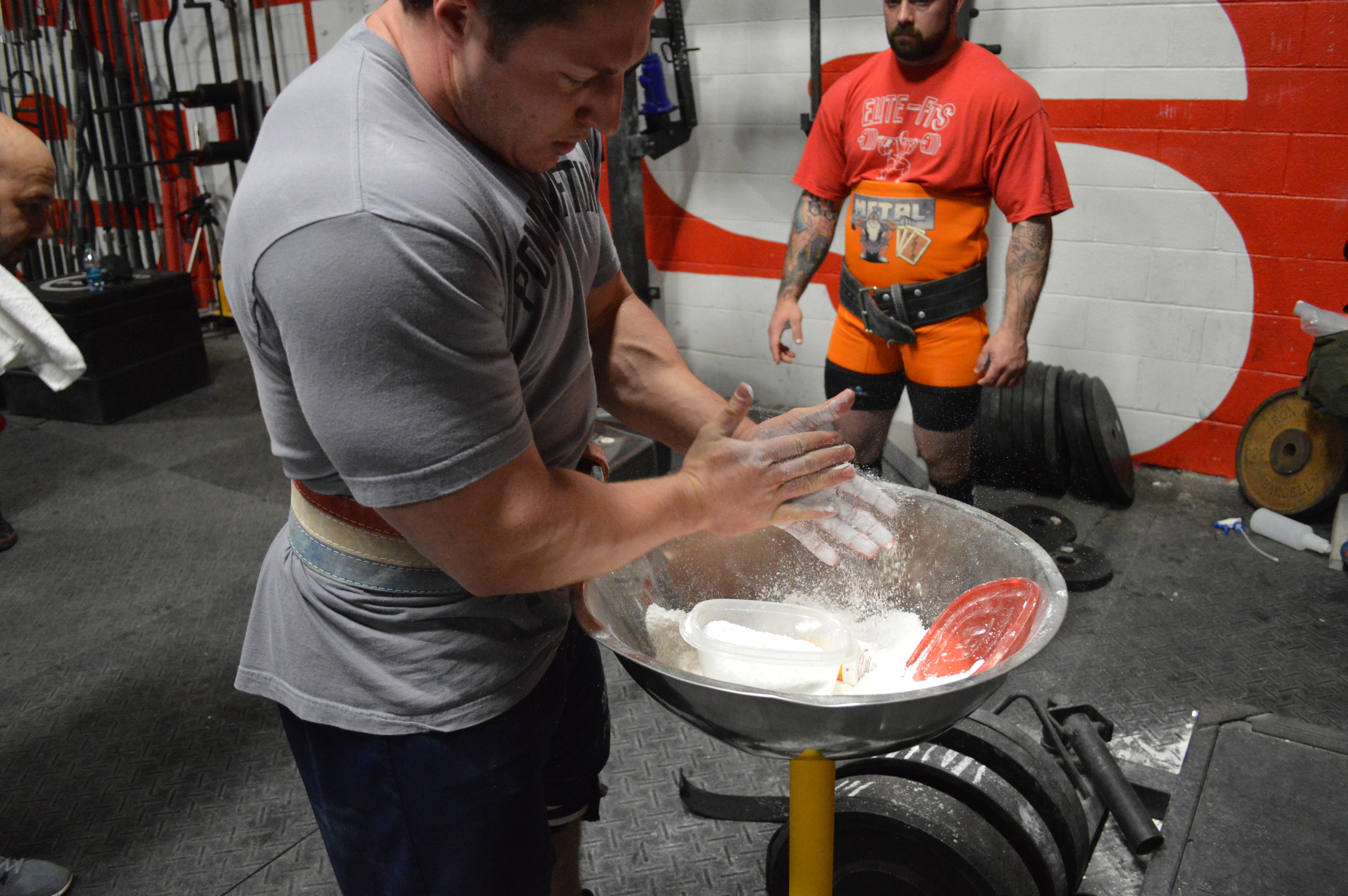
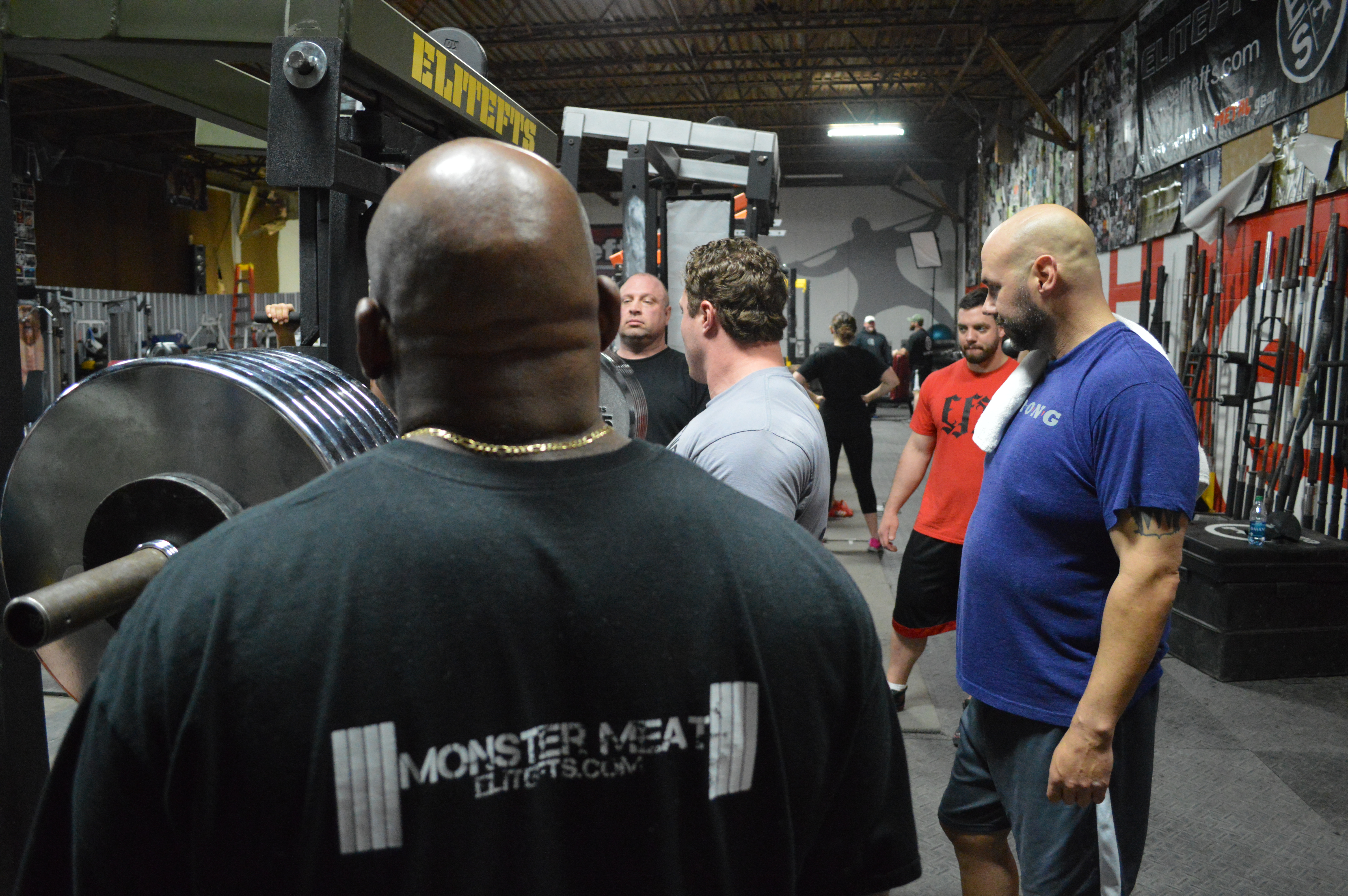
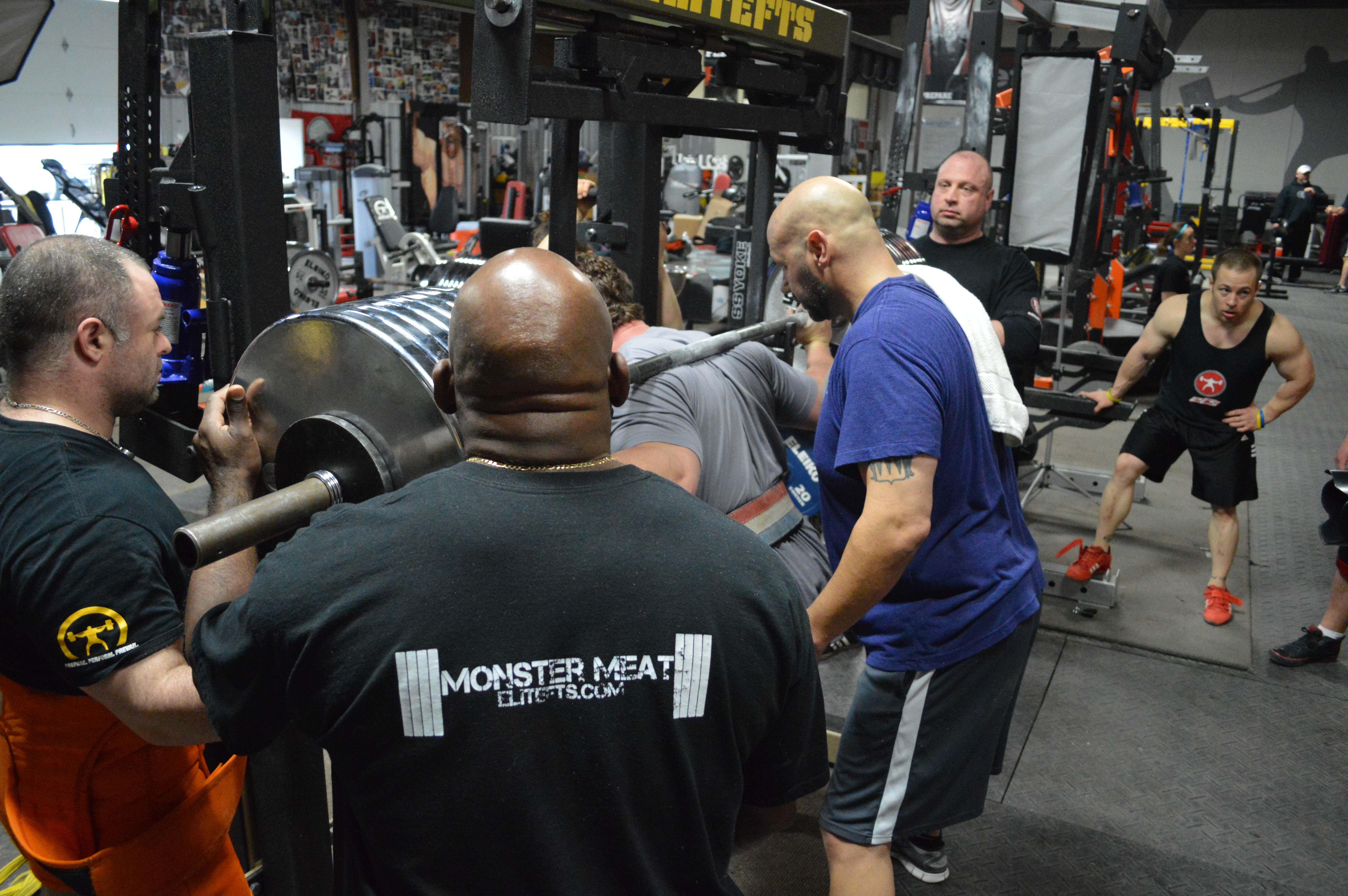
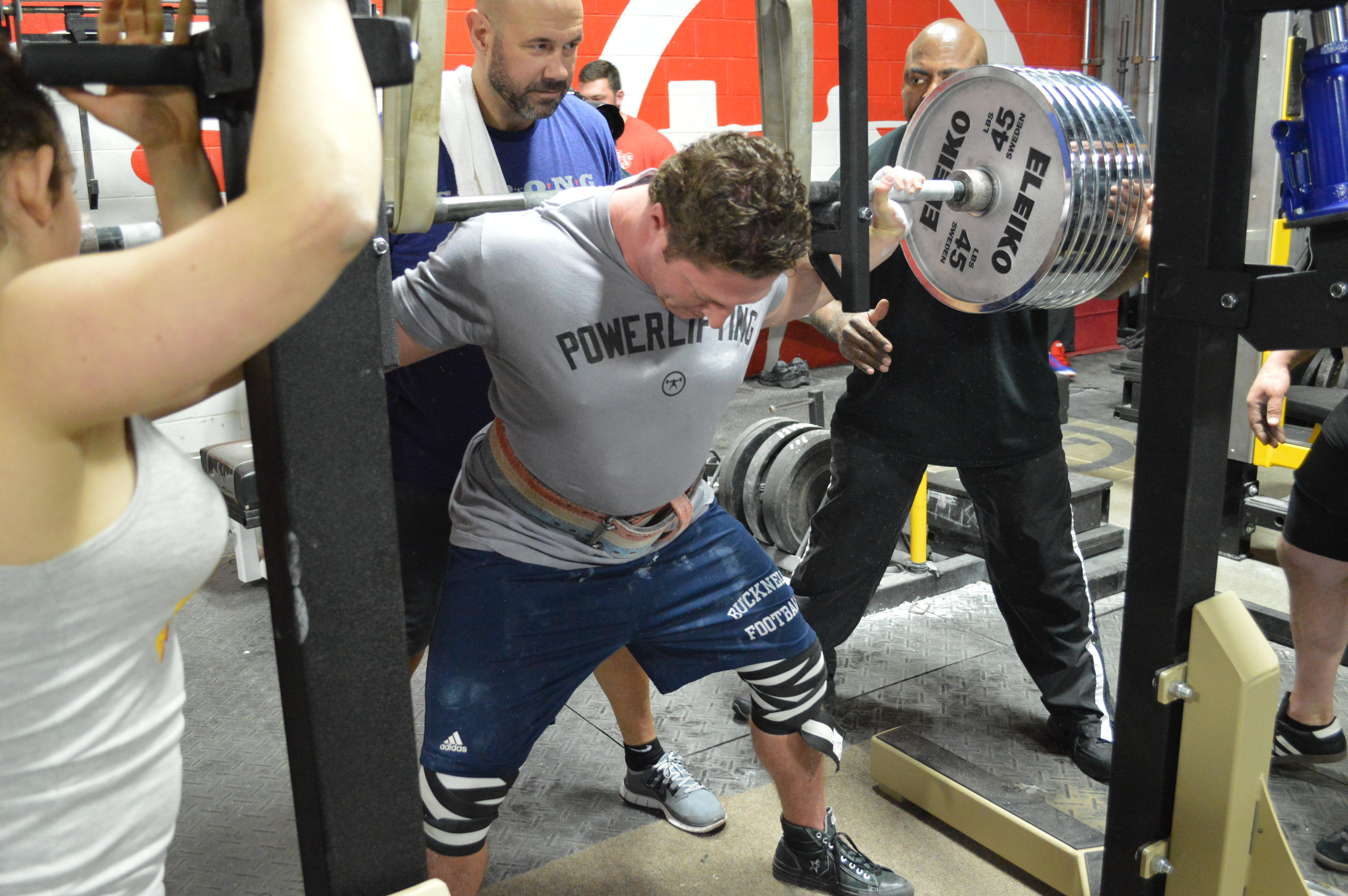
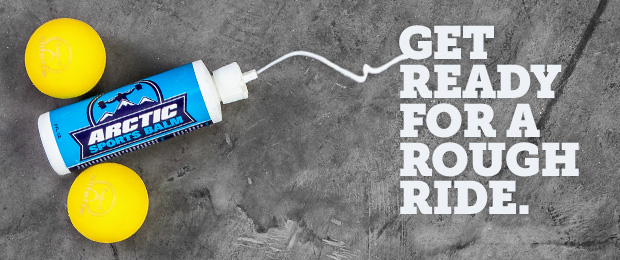
Thanks.
However, the reason I have asked was to better understand the mechanics of the wide stance squat, especially on the sacrum relative to the iliums. I was thinking that if the iliums rotate backwards on the sacrum with the wide stance squats, maybe one could correct anterior rotated innominate through wide stance squatting.